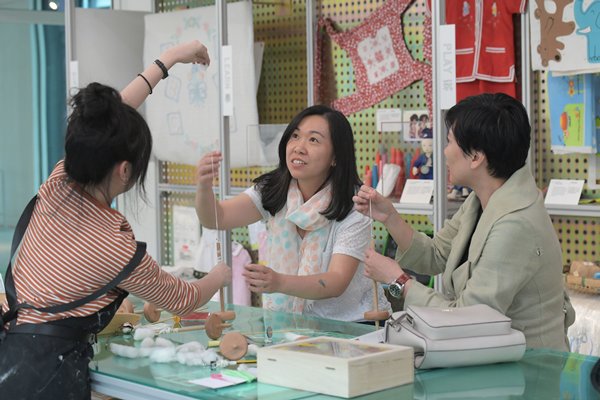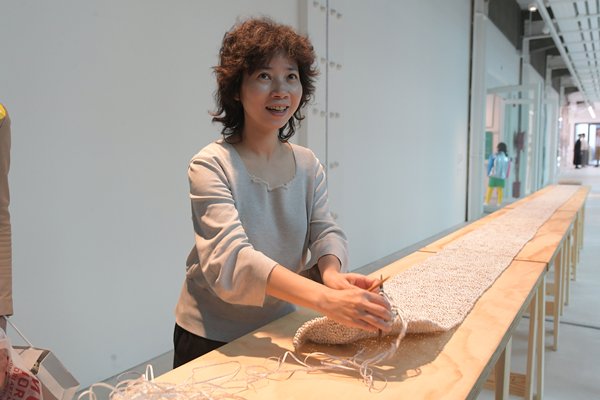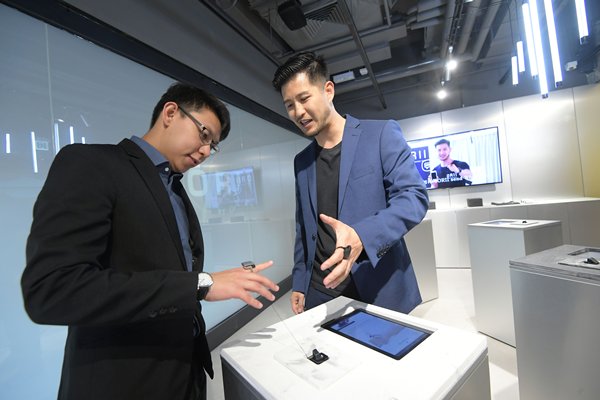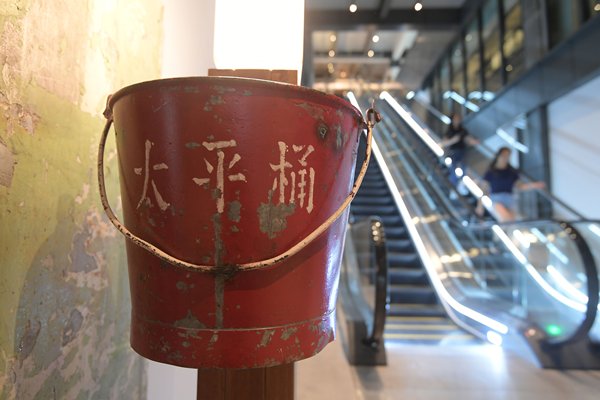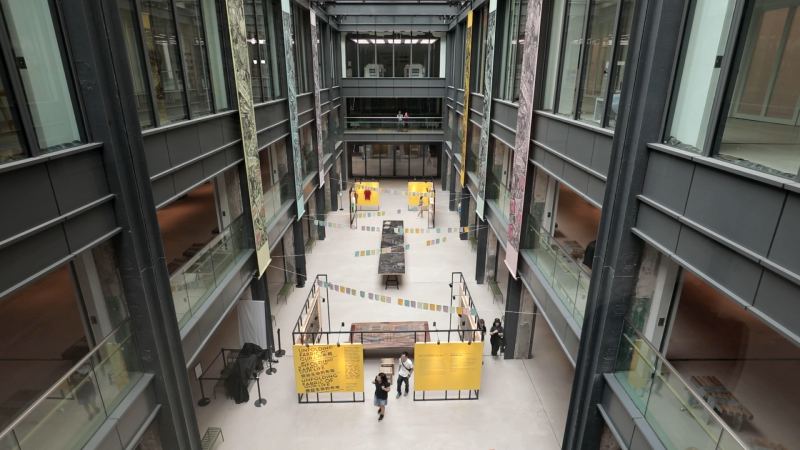Textile past spins future fashion
Tsuen Wan, once one of Hong Kong’s industrial hubs is undergoing a transformation into an innovation and cultural centre thanks to The Mills. Besides the Centre for Heritage, Arts & Textile or CHAT, The Mills houses Fabrica, a business incubator and springboard for techstyle startups.
The Mills revitalisation project has turned old textile factories into a destination for innovation, business, experiential retail, arts, culture and learning, and provides seminars and workshops to engage the community in the culture and art of textiles.
Through the exhibitions and workshops at CHAT, visitors can build their appreciation of the trade’s crucial contribution to Hong Kong's industrial development.
“There are two parts of exhibitions at CHAT. There is a part where we talk about textile history. And there is another part about textile inspiration, where we lead the audience to see a contemporary art exhibition that might not be something that they could imagine textiles can be,” CHAT Communications Head Zon So explained.
Visitors can step back in time to the 1960s by watching a spinning machine demonstration or even have a go at hand spinning some yarn.
Homespun art
Other exhibition halls showcase different artworks. Artist Movana Chen used factory workers’ old documents and records to create “Fabric of CHAT” with the help of knitting workshop participants.
“When you see this piece of work, you may think it is just a piece of cloth, but it is actually a historical record. When I knitted it, I also invited members of the public to knit and chat together, so I could draw people closer together through this artwork.”
As one of the largest cotton spinning factories in the city, The Mills witnessed the boom of Hong Kong’s textiles industry. But as economic growth and diversification led to the cotton industry’s demise, the factories ceased operations in 2008 and became warehouses.
Nan Fung Development Ltd Hong Kong Property Division Design Department General Manager Ray Zee said the project was inspired by the desire to reinvent the way people think about development in Hong Kong and to honour its history while building the future.
“Just as we are changing the way we think about incubation, we are also changing the way we think about textiles. It is no longer just a material for clothing, it is actually a medium for art, and art work and art proliferation.”
In the revitalisation project, The Mills has retained some items from the former textile mills to bring some historic elements into the present. On both sides of the entrance to The Mills there are six large-scale murals specially painted by Hong Kong artists which attract tourists and locals alike for photo-taking opportunities.
Techstyle hub
Several new businesses are now based at The Mills which serves as a platform for fashion and textile startups.
Kevin Wong’s startup created the world’s first, voice-assisted ring called ORII. He explained that the ring uses bone conduction technology so that, when wearing the ring, just putting a finger to your ear will give clear playback of whatever is running on your phone, such as a call or music.
“The ring fixes up your voice with a microphone and most importantly, it has software that allows you to control your media, your mobile device in a screen-free fashion,” Mr Wong added.
His business is backed by The Mills Fabrica which provides workspaces, retail space, financial support and business advice.
“We wanted to do innovation from heritage and part of the mission is if we can support the next generation of entrepreneurs in this area, they can help bring about interesting technologies and opportunities for Hong Kong’s economy,” explained The Mills Fabrica Co-director Alexander Chan.
In the 2018 Policy Address, Chief Executive Carrie Lam proposed to reactivate the revitalisation scheme for industrial buildings. A new condition has been added to the scheme, whereby applicants should designate 10% of the floor area for specific uses prescribed by the Government upon completion of conversion works, such as those in relation to the arts and cultural sectors, creative, and innovation and technology industries.
